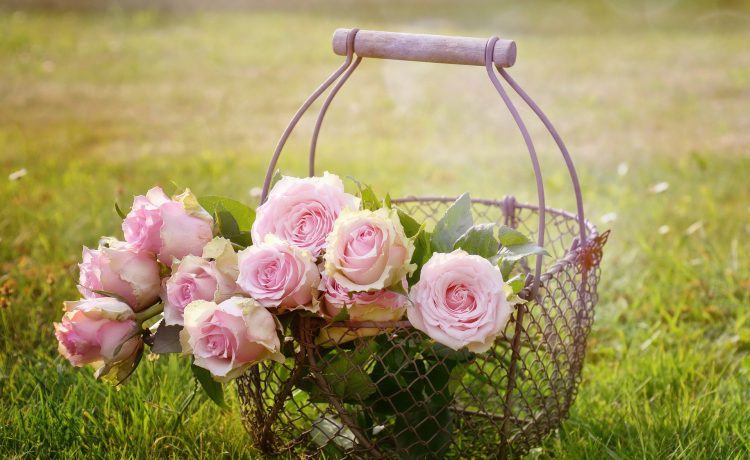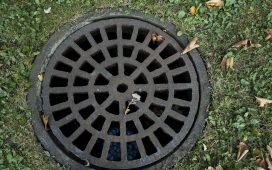When it comes to flower gardening and choosing the right plants it’s sometimes difficult to know where to start.
If you have a flower border to fill should you go for perennial plants, annuals that you can grow from seed, bulbs, or buy plants from your local garden shop.
I would suggest that you might want to do all of these things, but before you do there are a few other things to think about first. Here are some tips to help your make a success of your flower gardening adventure.
Get to know your soil. Unless your flower garden is tiny soil conditions will probably vary in different parts of your garden. Knowing what kind of soil you have and where, will help you choose the right plants for those conditions. You will be able to experiment with different types of plants.
Know your microclimate. Is your flower garden plot windy, subject to late frosts, in a frost pocket or hollow? Does it get a lot of rain or is it in a drier part of the country? Is it shaded by surrounding trees or buildings or wide open to the sky? Again knowing the different climatic conditions in your garden will allow you to choose plants suitable for those conditions.
Prepare your soil properly. Thorough soil preparation is essential to the success of growing any garden plant, including flowers. The first thing to do in a new flower garden or when replanting an old area, is to remove any perennial weeds such as couch grass, ground elder, bindweed, thistles, dandelions etc. Dig out with a spade or fork and make sure all roots are removed to prevent regrowth. For large weed infestations use glyphosate weedkiller, but remember it kills any plant it touches, so use with care and always follow the packet instructions.
Get digging – it’s good exercise. Once perennial weeds are removed it’s time to get digging. Light loamy soils that have been planted before may only need a light forking over. Heavier clay soils may need deeper digging to break up any hard pan and to assist winter drainage. Interfering tree roots can be chopped back by about a third with a sharp spade to prevent competition with your new plants.
Add organic materials. Soils that are light, too heavy, infertile and lacking in nutients need organic matter. This can be weed-free leaf mould, garden compost or well-rotted farmyard manure, or all three. Mix a generous amount into your soil during the digging process.
Sort out any drainage problems. Digging and mixing organic matter with the soil will improve drainage on clay soils and help to retain moisture on light, free-draining types. But in many gardens winter wet can be more lethal to many plants than frost. Where this is a problem on heavy soils then the addition of copious amounts of grit and/or sharp sand should improve the situation.
Ideally all this preparation should be carried out in late summer when conditions are neither too wet or too dry. This is particullary important with heavy clay type soils where the soil can be left for winter frosts and rain to break down the clumps of clay. Planting of your flower garden can then take place the following spring.
If you’ve prepared your soil well and chosen your plants carefully according to the conditions they need you are well on the way to achieving flower gardening success and creating the garden of your dreams.





